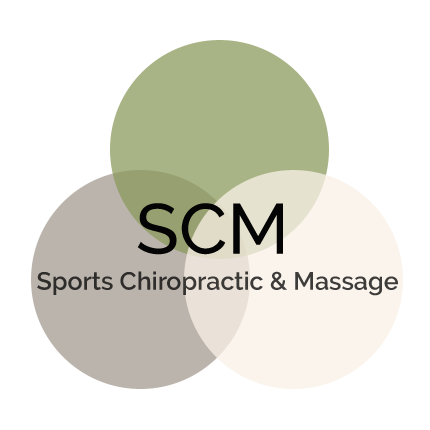The rotator cuff is a group of muscles and tendons that surround the shoulder joint. It keeps the head of the humerus firmly within the shallow socket of the shoulder. A rotator cuff injury often causes a dull ache in the shoulder. This often worsens when you try to sleep on the involved side.
A wide variety of techniques can be used to address Rotator Cuff Syndrome. These include sports massage, ART, assisted stretching, extremity adjustments, and appropriate home care.
1. Common Causes of Rotator Cuff Injuries
Rotator cuff injuries occur most often in people who repeatedly perform overhead motions in their jobs or sports. Examples include painters, carpenters, and people who play baseball or tennis. The risk of rotator cuff injury increases with age.
Many people recover from rotator cuff injuries with physical therapy exercises. These attempt to improve the flexibility and strength of the muscles surrounding the shoulder joint.
Sometimes, rotator cuff tears occur as a result of a single injury. In those circumstances, medical care should be provided as soon as possible. Extensive rotator cuff tears may require surgical repair, transfer of alternative tendons, or eventual joint replacement.
2. Symptoms of Rotator Cuff Syndrome
The pain associated with a rotator cuff injury may:
- Be described as a dull ache deep in the shoulder.
- Disturb sleep, particularly if you lie on the affected shoulder.
- Make it difficult to comb your hair or reach behind your back.
- Be accompanied by arm weakness.
3. Risk Factors for Rotator Cuff Syndrome
- Age. As you get older, your risk of a rotator cuff injury increases. Rotator cuff tears most often affect people older than 40.
- Certain sports. Athletes who regularly use repetitive arm motions, such as baseball pitchers, archers and tennis players, have a greater risk of having a rotator cuff injury.
- Construction jobs. Occupations such as carpentry or house painting require repetitive arm motions, often overhead, that damage the rotator cuff over time.
- Family history. There may be a genetic component involved with rotator cuff injuries as they appear to occur more commonly in certain families.
4. Complications & Prevention
Without treatment, rotator cuff problems have the potential to cause permanent loss of motion or weakness. They may also result in progressive degeneration of the shoulder joint. Although resting your shoulder is necessary for your recovery, keeping your shoulder immobilized for a prolonged time can cause the connective tissue enclosing the joint to become thickened and tight (frozen shoulder).
If you are at risk of rotator cuff injuries or if you’ve had a rotator cuff injury in the past, daily shoulder stretches and strengthening exercises can help prevent future injury.


